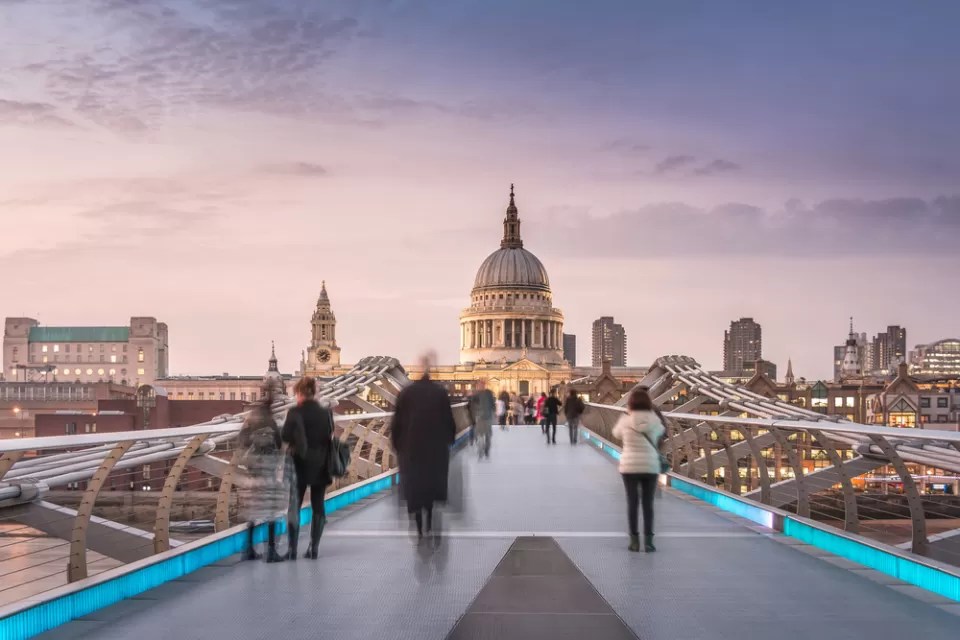
“According to a new report from the mobility data analytics firm Streetlight, U.S. walking trips dropped by a stunning 36 percent between 2019 and 2022, despite a global respiratory pandemic that some hoped would encourage more pedestrian activity,” writes George Kevin Jordan in Streetsblog USA. Cycling rates also dropped slightly between 2021 and 2022.
The report shows that all 50 states and every major metro area lost walking activity, with some cities seeing drops as high as 49 percent. Meanwhile, driving is back to levels just 4 percent below 2019. “That's grim data for a country with serious milestones to reach in order to curb the impacts of climate change,” Jordan writes. The report attributes the decline in part to the mobility shifts spurred by the growth of remote work and the higher rates of car ownership in recent years.
However, there are bright spots: “in some communities, the trend may already be turning around. Between 2021 and 2022, California and New York experienced a 13 and six percent increase in walking activity, respectively, while D.C. topped the charts with a 32 percent year-over-year spike.” Other cities can promote similar patterns through quick-build interventions that make walking safer and more attractive—“at least while they work towards more permanent types of traffic calming and land use reform that makes walking a natural choice.”